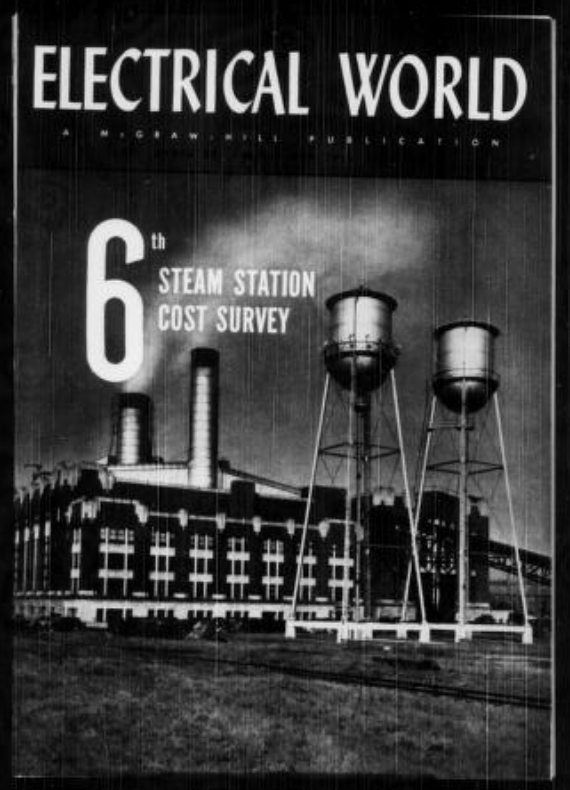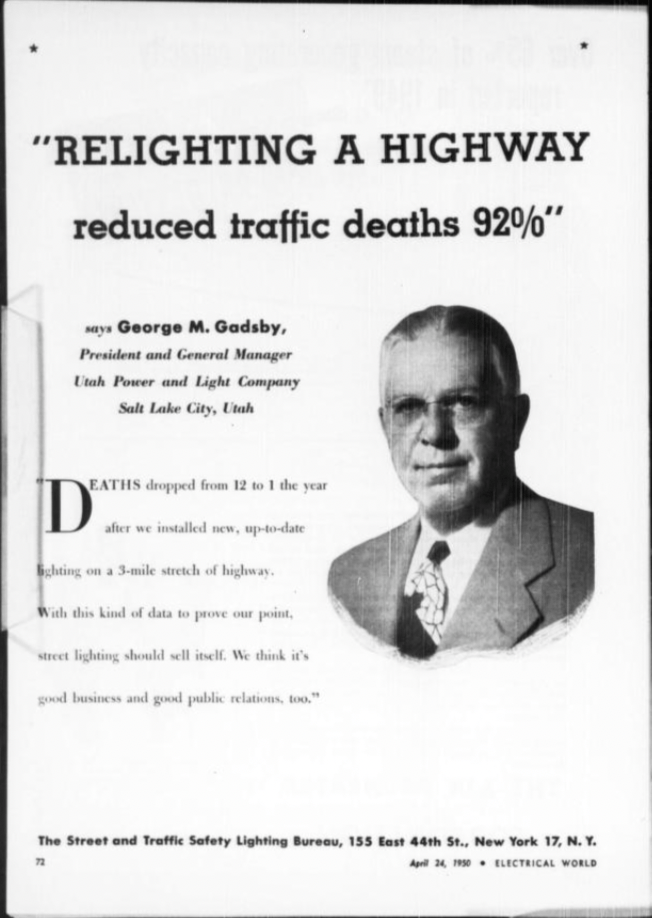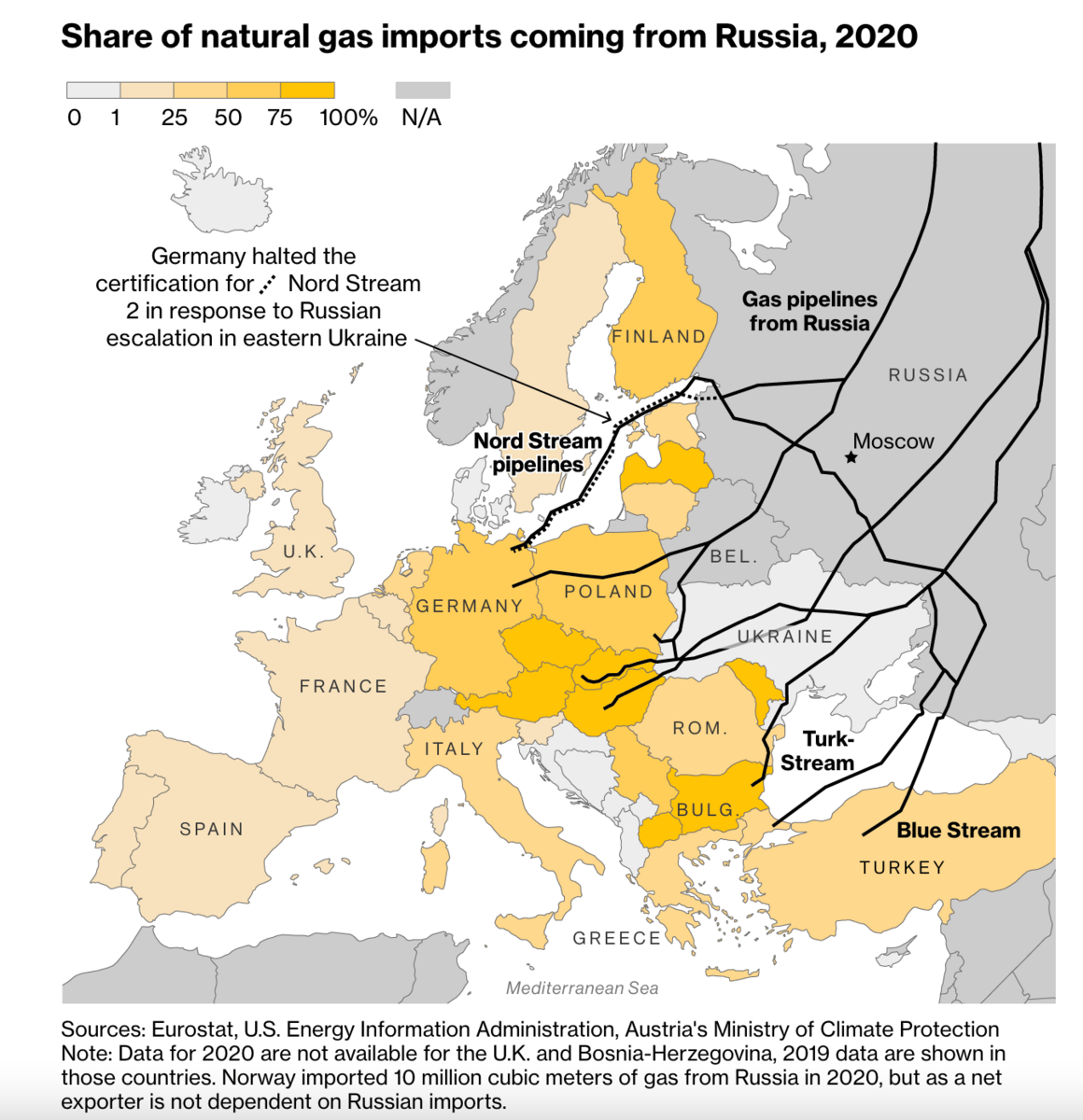Grim Tidings for Palisades and Diablo Canyon
Last week, the Department of Energy released guidelines for applicants who want to take advantage of the $6 billion they've allocated to helping nuclear plants at risk of closing for economic reasons. Many hoped this would help the Palisades plant (Michigan) and the Diablo Canyon plant (California). Now, it looks like the plants won't secure the money.
Though both Diablo and Palisades qualify for credits, neither of their owners appear inclined to apply for the program.
Entergy said in 2017 that they would close the plant this year. Entergy wants out of the merchant generator game and Palisades is one of their last merchant generator units. There's an outside chance that someone else could acquire the plant from Entergy and apply before it closes at the end of next year. So far, no one has an offer on the table. That might be because they'd have to compete with Holtec's offer to unwind Palisades.
As for Diablo, PG&E plans to take its two units offline in 2024 and 2025. PG&E has made no motions towards saving it. "As a regulated utility, we are required to follow the energy policies of the state," Suzanne Hosn, PG&E spokesperson, told Utility Dive. "The plan to retire Diablo Canyon Power Plant was introduced in 2016 and approved by the California Public Utilities Commission, the state legislature, and Governor Brown in 2018."
The loss of Palisades would be tragic for Michigan--host communities for plants never recover from closures. For California, it would be even worse. Jason Fordney, the editor of California Energy Markets, painted this picture of the California grid on Power Hungry: "The grid is always running on the edge. So yeah, imports dwindling, increasing wildfires affecting the transmission lines, and baseload generation going away; we’re going to lose Diablo Canyon."
When asked if he believed Diablo Canyon would close, he said, "It would be a miracle for it to stay open. You know, it’s never been a popular facility when it was opened over huge demonstrations, right? It’s on the coasts, there’s fault lines, people are afraid of what might happen if there’s an earthquake. There’s a massive settlement that was done. Natural Resources Defense Council was the main player in that to, you know, replace the resources."
Batteries with only 4 hours of storage are supposed to accommodate the loss of a clean, reliable generator of electricity. It should be mentioned that the largest battery storage installation in the world, Moss Landing, sits in California. It has been offline for months because it lit on fire due to a malfunctioning sprinkler system.
When the blackouts kick in, blame the NRDC. That's their vision of the future.
Evade Sanctions With One Weird Trick
The EU has found a way around the gas sanctions against Russia: doing what Putin says. Oilprice.com reports that European companies would, "need to pay in euros or dollars, which would then be converted into rubles, although the transactions would also have to be accompanied by a statement explaining how the companies consider their contractual obligations to be complete once they submitted the euros or dollars."
This is exactly what the Kremlin suggested when it clarified its gas for rubles position earlier last week. This allows Russia to keep the gas flowing to Europe while stabilizing its currency, and hardening its accounts against sanctions.
I believe this is what's called a "spirit and letter" problem. Doing this would obviously violate the spirit of sanctions while technically conforming to the letter of what they require.
This Week In Utility History: Helicopters, RADAR, and Rural Electrification
Here's what the utility industry was looking at the week of April 24, 1950, according to Electrical World Magazine.

Helicopters: A novel introduction to the utility industry, the Bonneville Power Administration rolled helicopters out in 1950 to patrol their powerlines. Helicopter patrols cut the cost of patrolling the BPA transmission system by 50%. At the time, Bonneville boasted 3,500 miles of high voltage lines.
RADAR: RADAR began as a strictly military technology, but when released into the civilian world, it became a vital tool for detecting weather patterns--especially hurricanes. Despite their interest, utilities weren't quite ready to snatch RADAR up for two reasons: RADAR was young and not as effective as it could be (it struggled to detect inland storms, for example); it was expensive and difficult to set up.
Rural Electrification: A frustrated editorial illuminates some of the struggles around rural electrification and private utilities. The New Deal's Rural Electrification Act put the government in competition with private utilities to light up farm life. A huge push for this came from Senators like Nebraska's George Nelson and Texas's Lyndon B. Johnson who'd witnessed the drudgery of farm life and wanted to liberate their constituents from toil. Private companies didn't find a good business case for wiring farms until the New Deal threatened to take customers away from them with its co-ops (over time, private rural electrification would outpace public projects). The legacy of the REA continued into the post-war era and posed problems for utilities: they were angry that the Southwestern Power Administration was using the REA co-ops to politicize the power industry and weaken the private sector's reach in the area. The SPA was handing out loans to link co-ops to public hydro at this time. "Any attempt to curb what has been called an 'unholy alliance,'" the editorialist writes, "will be fought as an attack on the REA." In other words, private industry felt the competition was unfair and impossible to criticize because the REA was so beloved--even if the collaborations between the SPA and REA co-ops looked (to them) like a cynical governmental power play. Love for the REA was being used as a stalking horse. Especially aggravating during an election year, the editorial contends.
Highway Lighting: Do you enjoy seeing clearly and not dying while cruising down the highway? Thank guys like this:

Conversation Starters
India's Reliant Industries conglomerate just snatched up 15 million barrels of Russian crude at a discount. Reliant is India's largest refiner and owns the largest refining hub in the world, Jamnagar.
Macron beat Le Pen to retain his presidency. The outlook for French nuclear is bright, as both candidates were committed to expanding the EDF's fleet while re-dedicating their commitment to their current reactors.
Bloomberg has a new piece detailing the likelihood of rationing if Europe cut its gas imports from Russia. Their read: high likelihood--Europe gets a fifth of its electricity from gas. This map helps put it into perspective:

Word of the Day
Moderator
n.
A material such as light or heavy water or graphite used in a reactor to slow down fast neutrons by collision with lighter nuclei so as to expedite further fission. (source)
Crom's Blessing
